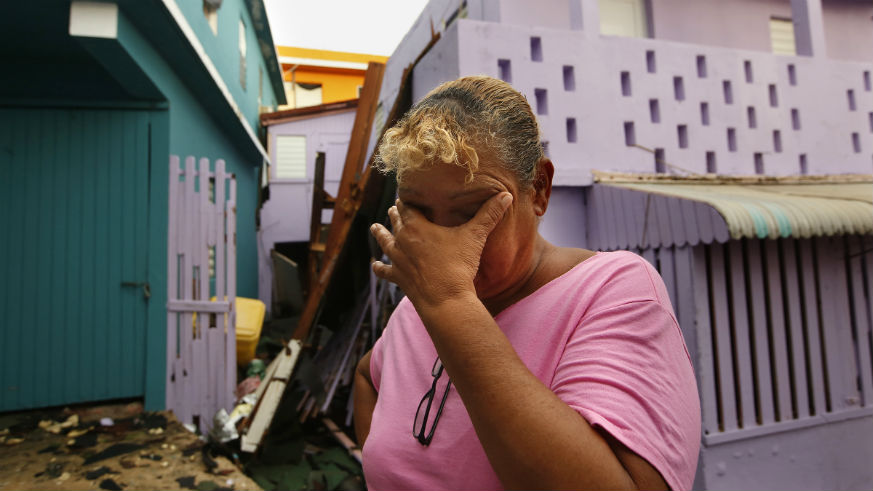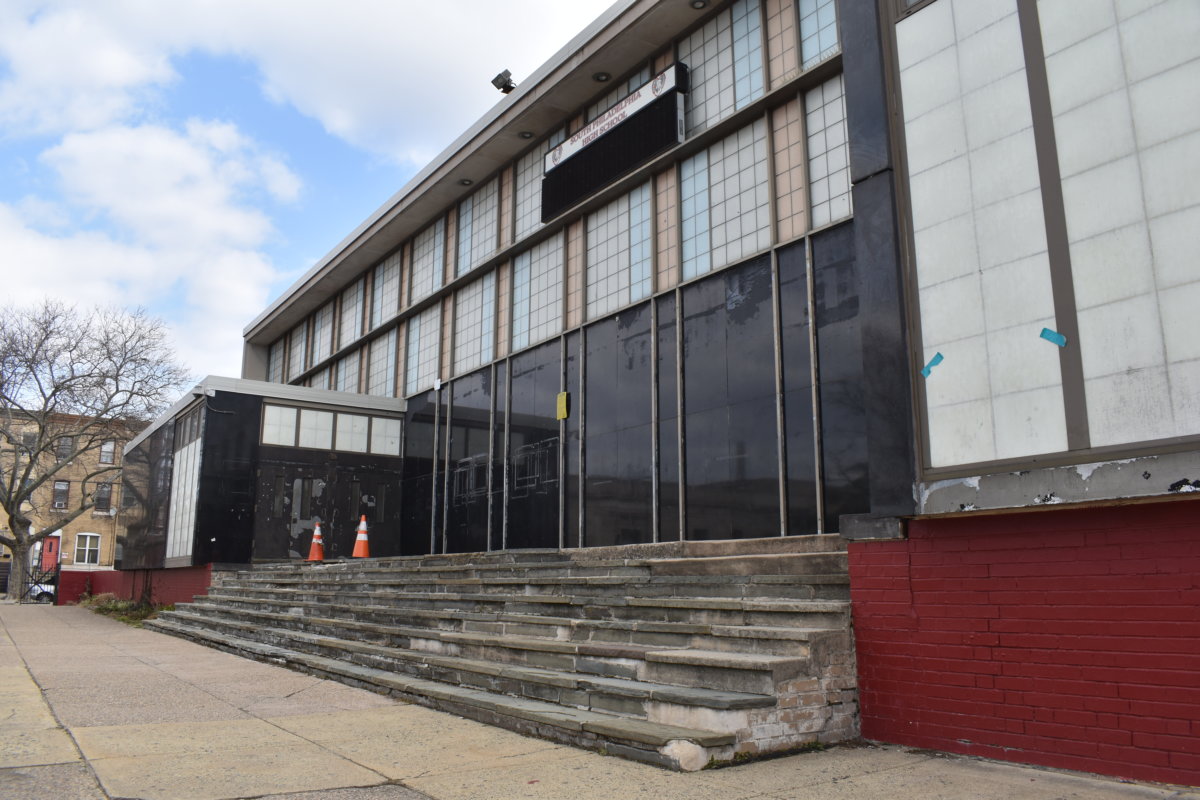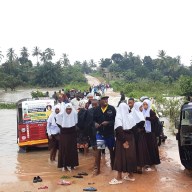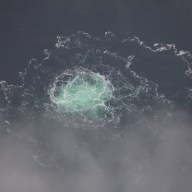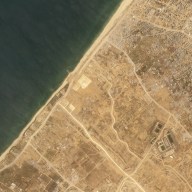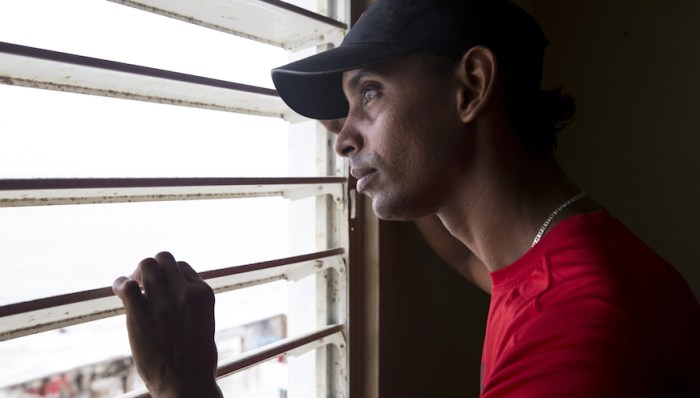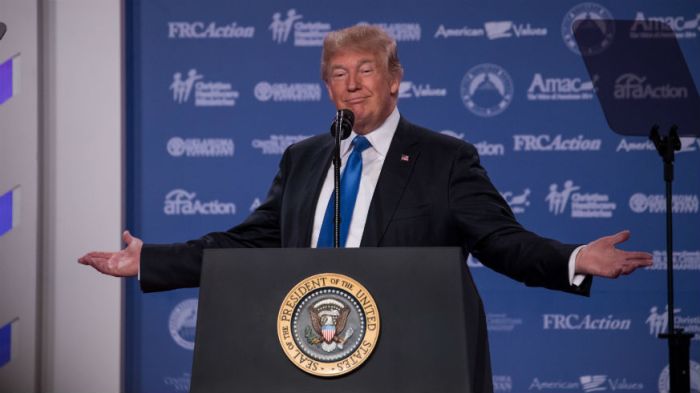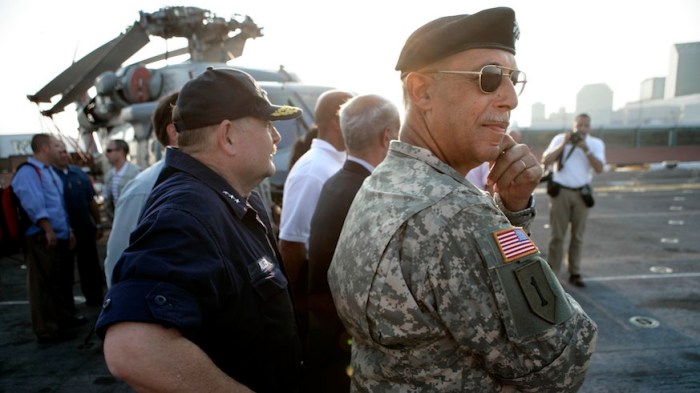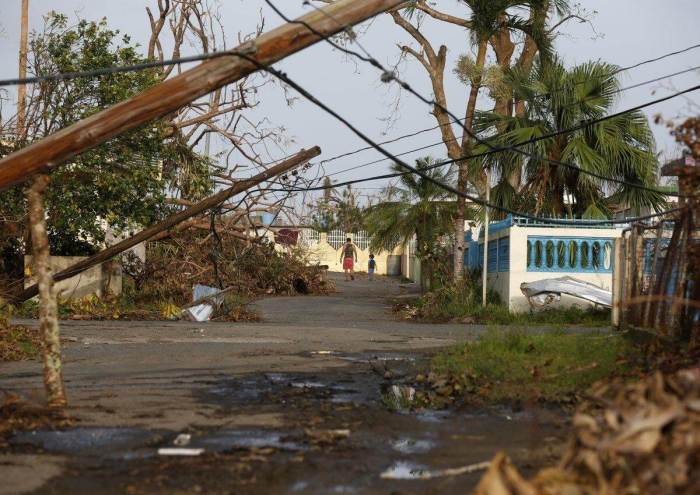When Hurricane Maria struck Puerto Rico on September 20, 2017, residents weren’t fully recovered from Hurricane Irma, which hit two weeks prior. One meteorologist told Vox that, “It was as if a 50- to 60-mile-wide tornado raged across [the island].” The Category 4 storm was the strongest to strike shore in over 80 years, and whole neighborhoods were left without power. Officials first reported the Hurricane Maria death toll to be 64 lives lost.
This number, tallied by the Puerto Rican government, was met with skepticism as critics argued that it failed to account for those who died from hardships endured after the hurricane. Independent investigations set the death count at an extremely higher number.
One of these studies came from The Center For Investigative Journalism, and it suggested that 985 additional people died from the storm.
And now, according to a new study published in the New England Journal of Medicine today, the Hurricane Maria death toll doesn’t account for 4,645 “excess deaths” estimated after the storm, which would make the total number 70 times higher than previously recorded.
That means, as the Los Angeles Times noted, for every death recorded, 70 went unreported.
Hurricane #Maria‘s Torrential Rainfall in #PuertoRico Measured By GPM IMERG 9/17/17 – 9/21/17 https://t.co/814C281kvu pic.twitter.com/CRcnMXJ5xk
— NASA Precipitation (@NASARain) September 21, 2017
How did scientists get this Hurricane Maria death toll?
Independent researchers at institutions such as Harvard T.H. Chan School of Public Health and others surveyed 3,299 randomly selected households “composed of 9,522 persons” across Puerto Rico. This lasted between January 17 and February 24 to report on the mortality rate of the period between September 20 through the year’s end (December 31).
Residents were asked to take a survey on their experiences, and of those approached, 93 percent agreed. According to the survey given, there were 38 deaths after the hurricane. Scientists then figured these findings to the island’s total population (3.4 million).
By taking these numbers and subtracting the overall death rate on the island from the same period (September 20 through December 31) in 2016 — which the scientists noted increased by 62 percent in 2017 — they were able to calculate that 4,645 more people died in the storm’s wake.
“Approximately one third of post-hurricane deaths were reported by household members as being caused by delayed or prevented access to medical care,” the study stated, continuing on to note that “interruption of medical care was the primary cause of sustained high mortality rates in the months after the hurricane.”
Response to the new Hurricane Maria death toll study
Carlos R. Mercader, executive director of the Puerto Rico Federal Affairs Administration, issued the following statement on the study to NBC News:
“The Government of Puerto Rico welcomes the newly released Harvard University survey and we look forward to analyzing it. As the world knows, the magnitude of this tragic disaster caused by Hurricane Maria resulted in many fatalities. We have always expected the number to be higher than what was previously reported. That is why we commissioned The George Washington University to carry out a thorough study on the number of fatalities caused by Hurricane Maria which will be released soon. Both studies will help us better prepare for future natural disasters and prevent lives from being lost.”
Back in December, Gov. Ricardo Rossello said in a similar statement, “We always expected that the number of hurricane-related deaths would increase as we received more factual information,” promising a review of the death rate post-storm to further examine whether the Hurricane Maria death toll should increase. However, according to The New York Times, the research team commissioned to conduct this review (George Washington University, as Mercader stated above) has barely begun.
Domingo J. Marqués, an Albizu University San Juan associate professor of psychology who was involved in the study released today, told the Times that even if the Puerto Rican government was doing a “good job” in calculating the death toll, “it was really hard unless you did something like we did — go talk to people on the ground. [People] died alone in their houses. Nobody went there. Some of them were covered by a landslide, and months after they’ve not recovered the bodies.”
President Trump said Puerto Rico deaths were low compared to a “real catastrophe.”
Today we learned 4,645 Americans lost their lives in Puerto Rico.
They deserved better. Puerto Rico deserves better.
— Rep. Joe Crowley (@repjoecrowley) May 29, 2018

